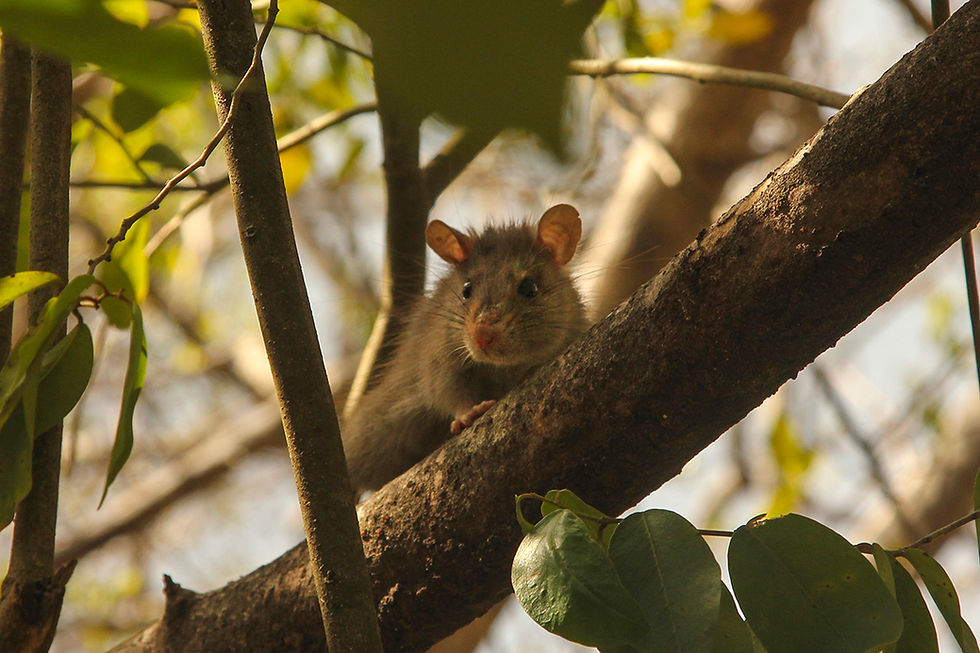What to do About the Weather (AKA: Weathering the storm)
- Chelle Hartzer

- Feb 23, 2021
- 3 min read
It’s a bit chilly in many parts of the US. Not just here, even the Mediterranean had snow recently! One of the many challenges of pest management is that we can’t control the weather. And much of the pest populations and behaviors are impacted by the weather. So the pest problems present previous years are not the same irritating insect issues impacting this year.

Let’s get something out of the way right upfront. The cold won’t kill all our pests. It’s nice to think the frigid temps will significantly impact pest populations, but it doesn’t. For the outdoor insects, most have evolved strategies for surviving the cold. Many of our pest species had already found a nice cozy spot to wait out the winter outside. When unexpected cold snaps happen, some insects will likely die, however, most are already protected. The other problem is many pests are indoor pests. Bed bugs are still snug as a bug in beds and couches. German cockroaches are still bugging out in the pantry and behind the refrigerator. The best laid plans of mice are still to be up in the attic insulation. Even with power losses and structures getting cold, it’s just not cold enough.
The other big problem this recent system is causing is water issues. Burst pipes abound and the pictures of the frozen water inside structures are incredible. That water will melt as the heat comes back on and that water is going to go… well… somewhere. Water is going to seep into the floors, walls, and the surroundings. This is going to cause not just structural damage but mold problems. With mold comes the mold feeding insects. Plaster beetles are especially common in structures with mold. And as wood starts to deteriorate, there are openings for carpenter ants, wood boring beetles, and termites.

One thing folks often forget when a major weather event happens is trash. Trash pick-up services are often delayed until conditions become safer. That means a buildup of residential and commercial trash. That means an attractive food source for rodents and insects. Especially rodents if they have lost their burrows (Norway rats, house mice) or nests (roof rats). They are more actively searching for food and shelter and will take advantage of these new and longer lasting food sources. It’s not just food, it’s habitat too. With downed trees, homes and structures being gutted and renovated, and general debris we now have more habitat for pests. Again, since this isn’t being collected quickly, it could sit for long periods of time, letting the pests set up a family.
This isn’t just a problem for those in the southern US suffering from this recent storm and bout of cold. Think of the next hurricane or flood, the coming droughts, upcoming wildfire season (and subsequent mudslide season), and other major weather systems. Think small too: a burst pipe in a customer’s home, a damaged roof to a business that’s letting pests enter, and that overflowing dumpster because they need more frequent trash pick up.
We can’t predict the weather so we can’t predict the pest issues that will happen as a direct result. We can have a plan in place for when weather related problems do occur. Does your IPM plan take into account extreme weather? Comment below on what you have noticed recently with pest issues and reach out to us to see how we can help with your prevention plan.











Comments